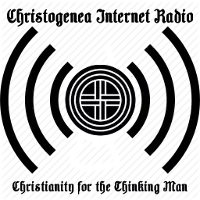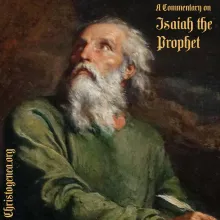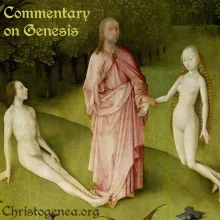The Arab Question, Part 4
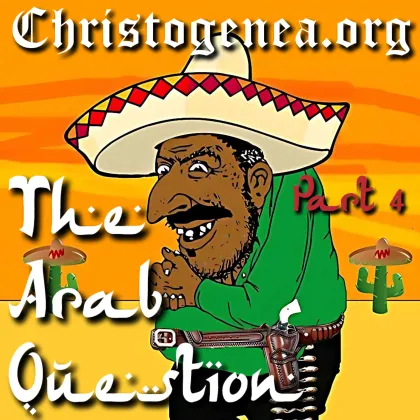
The Arab Question, Part 4
Today we are going to present Part 4 of our series on The Arab Question. So far we hope to have sufficiently explained the historical blood connections between Jews and Arabs as they are both descended from the ancient Canaanites mixed with other groups of both White Adamic and non-White, non-Adamic origin, and also how Jews and Arabs had significantly contributed to the formation of the modern Hispanics, by mingling with the Spanish and Portuguese of the Iberian peninsula for seven hundred years during the Islamic conquest, and then later migrating along with them into the Americas. After the Reconquista and the expulsion of Islam from Iberia, those of Arab blood who remained were compelled to forsake Islam in favor of the Roman Catholic Church. The practice of Judaism being persecuted under Spanish and Portuguese rule, many of these Jews who fled the Inquisition in Europe were later forced to hide or abandon the practice of their religion in the New World. One good case to study in this regard is that of Maria Nunez, who was both a Cuban Mulatto and a crypto-Jew. She was married to her own uncle, another crypto-Jew, and was accused of Judaizing and brought before a tribunal of the Inquisition in Mexico in 1651. With this presentation, I will attach an academic paper describing her case, titled María Nuñez: A Cuban Mulatto before the Mexican Inquisition and the Familial Ties of Dispersed Crypto Jews in the 17th Century.
In the Spanish and Portuguese colonies, true Iberians, Iberian Arabs, crypto-Jews, converso-Jews and the conquered natives have all freely mingled for centuries, and essentially the result is that Hispanics are not much different from Jews and Arabs, and they should all be treated as such by White Christians. Original Spaniards looked no different than other Celts, such as the Irish or the Britons. Some Spaniards still look like Celts. Now we shall begin to elucidate the Jewish and Arab connections to another group, which is the Mexicans. While there certainly is a degree of indigenous so-called Indian blood in the Hispanics, and probably more in many Mexicans, many Mexicans are also mixed with Jewish and Arab blood which was brought to the Americas on the ships and within the ranks of the Conquistadors. There is also a negro element within both groups, as African slaves were assimilated into them as well, but that is not the focus of this discussion.


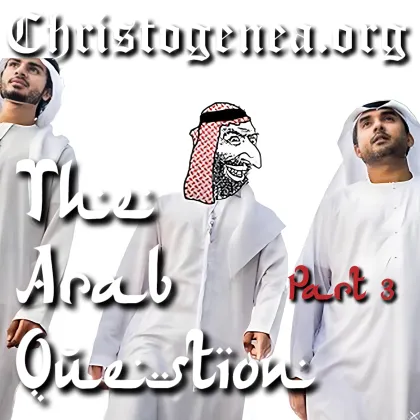
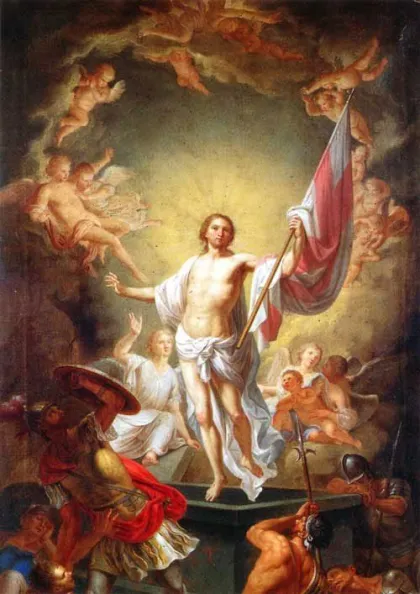
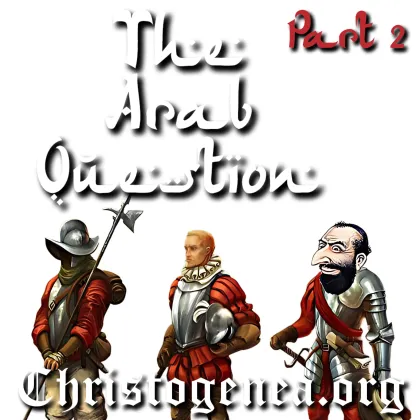
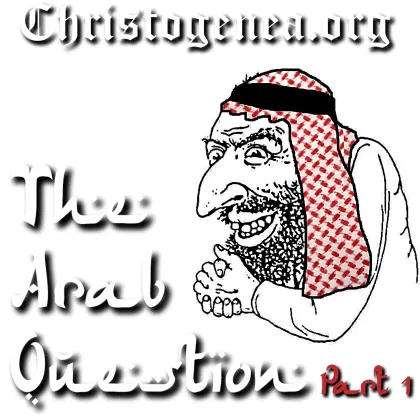
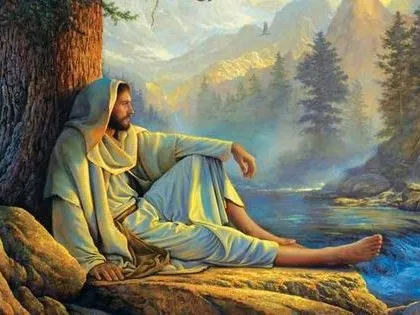




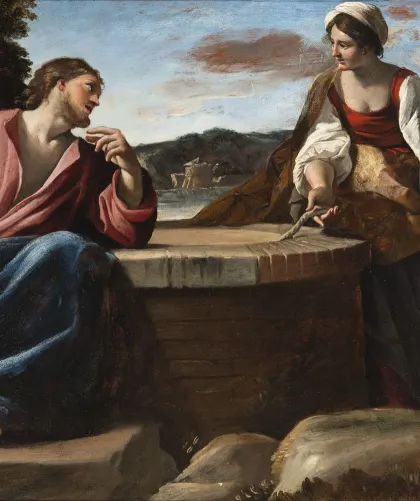
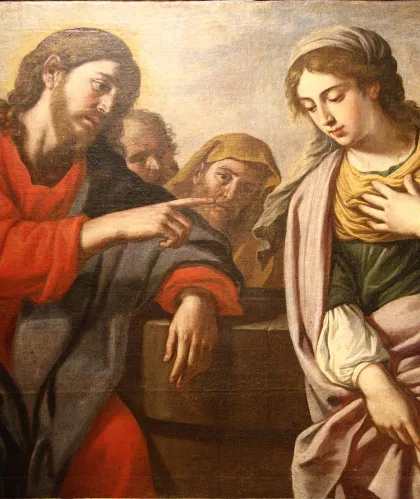
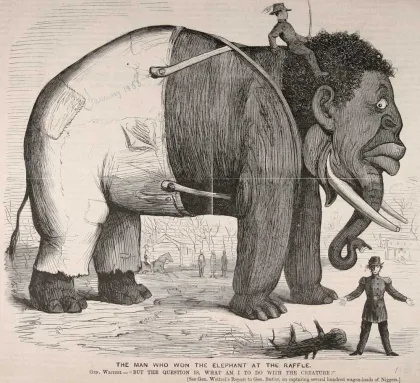
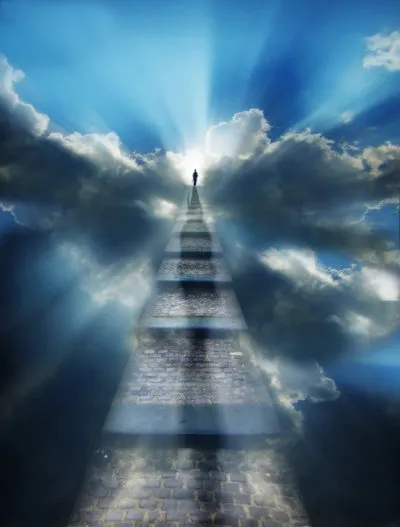
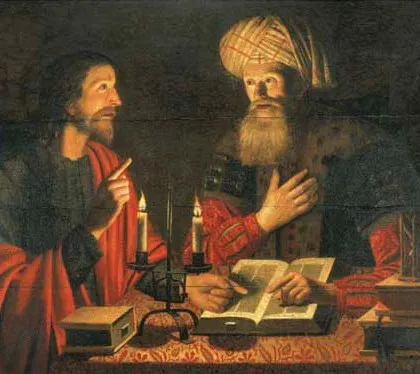
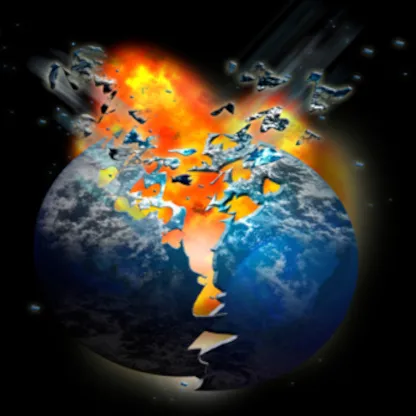
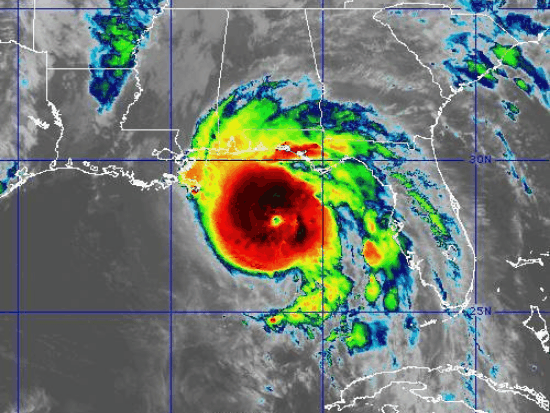
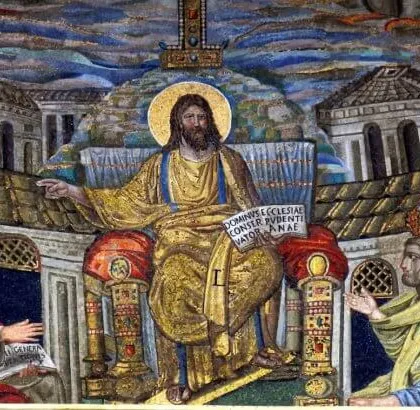
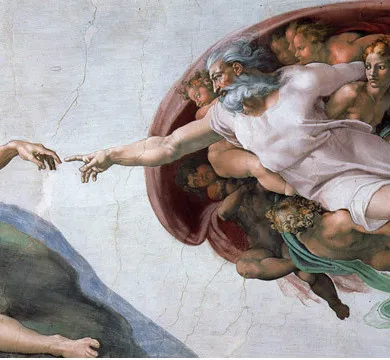


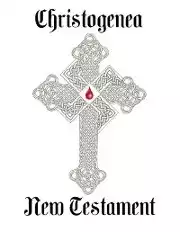

 Please click here for our mailing list sign-up page.
Please click here for our mailing list sign-up page.

